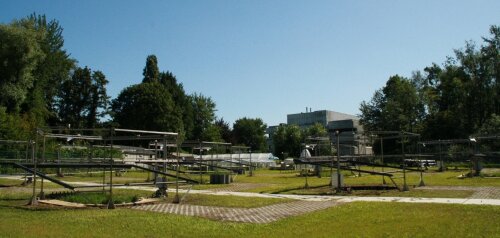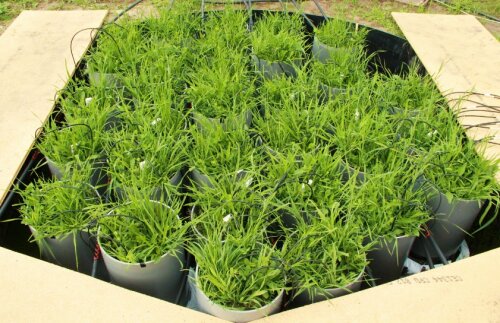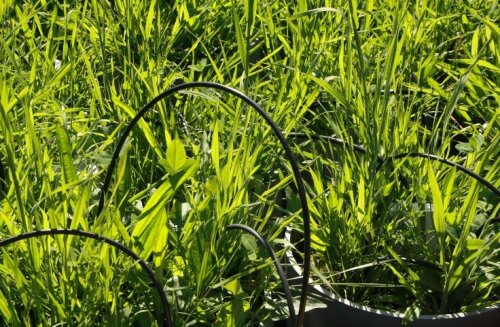Main features:
- 12 plots of 3 m diameter, with flexibility regarding the use: mesocosms can be placed inside, or the plots can be fully filled with soil
- Soil up to 70 cm deep, plants up to 1 m high
- Outdoor environment, with full control of precipitation through automated retractable roofs and programmable drip irrigation
- Possibility to impose additional warming (up to 10 °C above ambient) through controlled infrared heating arrays (see De Boeck et al., 2017)
- Range of automated measurements such as canopy temperature and soil water content

Current project: Shifting rainfall regimes: a multi-scale analysis of ecosystem response (REGIME SHIFT)
- Weather patterns at mid-latitudes, such as in temperate western Europe, are getting more persistent
- In a gradient design, we focus on a succession of wet and dry periods, from 1 dry day followed by 1 day with precipitation, up to 60 consecutive dry and wet days
- In consecutive years, we change focus from primary effects of alternating dry/wet periods (2019) to legacy effects and impacts of changes in soil communities (2020), to compound impacts of drought-associated warming (2021)
- We explore these effects at multiple, connected levels of biological organization: from plants to soil biota such as bacteria and fungi, and from metabolism and genetic regulation assessed with bioinformatics to ecosystem processes
- Main goals are to yield increased understanding of the key processes involved and explore avenues towards climate change impact mitigation

